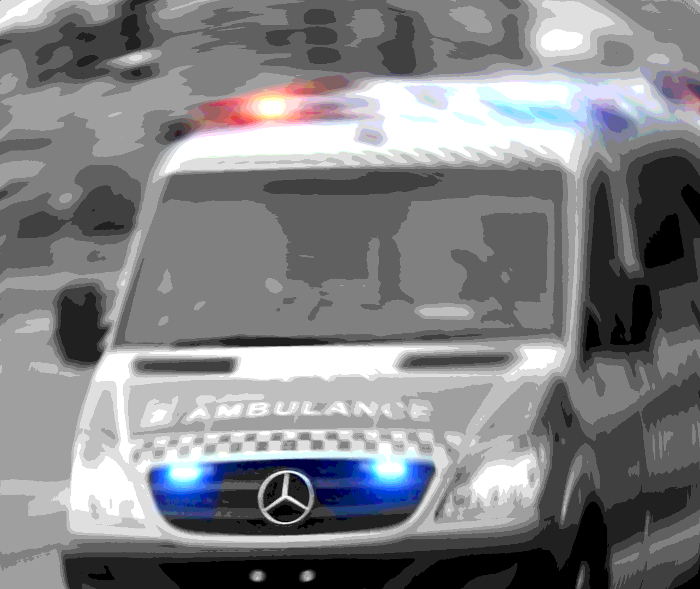Screens to shield ramped ER
 Temporary fencing will be set up at the Royal Adelaide Hospital’s ambulance bay to shield patients being treated outside.
Temporary fencing will be set up at the Royal Adelaide Hospital’s ambulance bay to shield patients being treated outside.
The ambulance loading bays at the front of the new $2.4 billion hospital were designed to allow ambulances to park with their rear doors toward the hospital.
However, this left patients in a concerning amount of heat and diesel exhaust, so ambulance are now allowed to park the other way around.
But this means that they are often being treated in the back of an ambulance in full view of the pubic road outside.
“Having the ambulances park and unload patients in this way was not part of the original hospital design, so we have had to look at options to best protect patient privacy,” Central Adelaide Local Health Network CEO Jenny Richter said.
“We are focused on maintaining the dignity and privacy of our patients as well as the health and safety of paramedics and other clinicians, so a temporary fence will be erected around the ED until a permanent solution is found.”
SA Health is looking at permanent options including screening that works with the existing hospital design.
Tests in the ED car parks have found carbon monoxide within the acceptable ranges, but industrial fans have been to further alleviate concern.
Ambulance Employee Association president Phil Palmer said the hospital design did not adequately account for ramping.
“When the weather's hot or cold, clearly for patient comfort, you want to have the engine running so the air-conditioner can run,” he said.
“Ramping means the vehicles are left there a long time with the engine running, and of course there's a build-up of diesel fumes which make people feel ill and are not good for the patient.”
It is the latest in a number of design flaws to have emerged at the new hospital in recent weeks.
The department had to lease back private sector space within the RAH to move the Chest Clinic from the other end of North Terrace earlier this year.
Authorities have also had to set up a temporary discharge lounge to help mitigate overcrowding.
Nurses are running an industrial campaign to end the practice of ambulance ramping.







 Print
Print